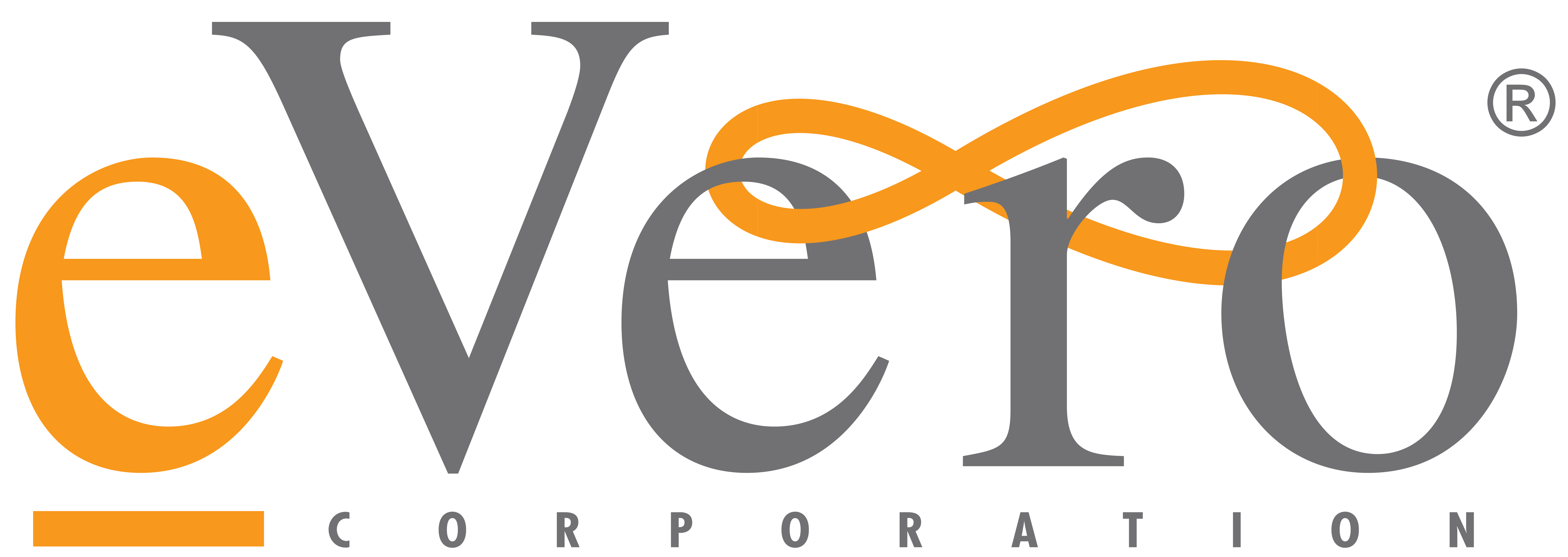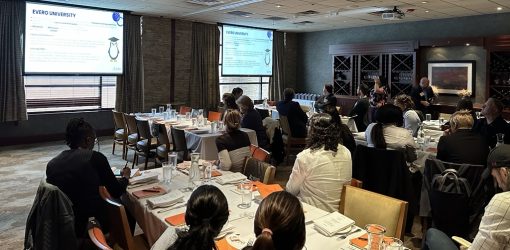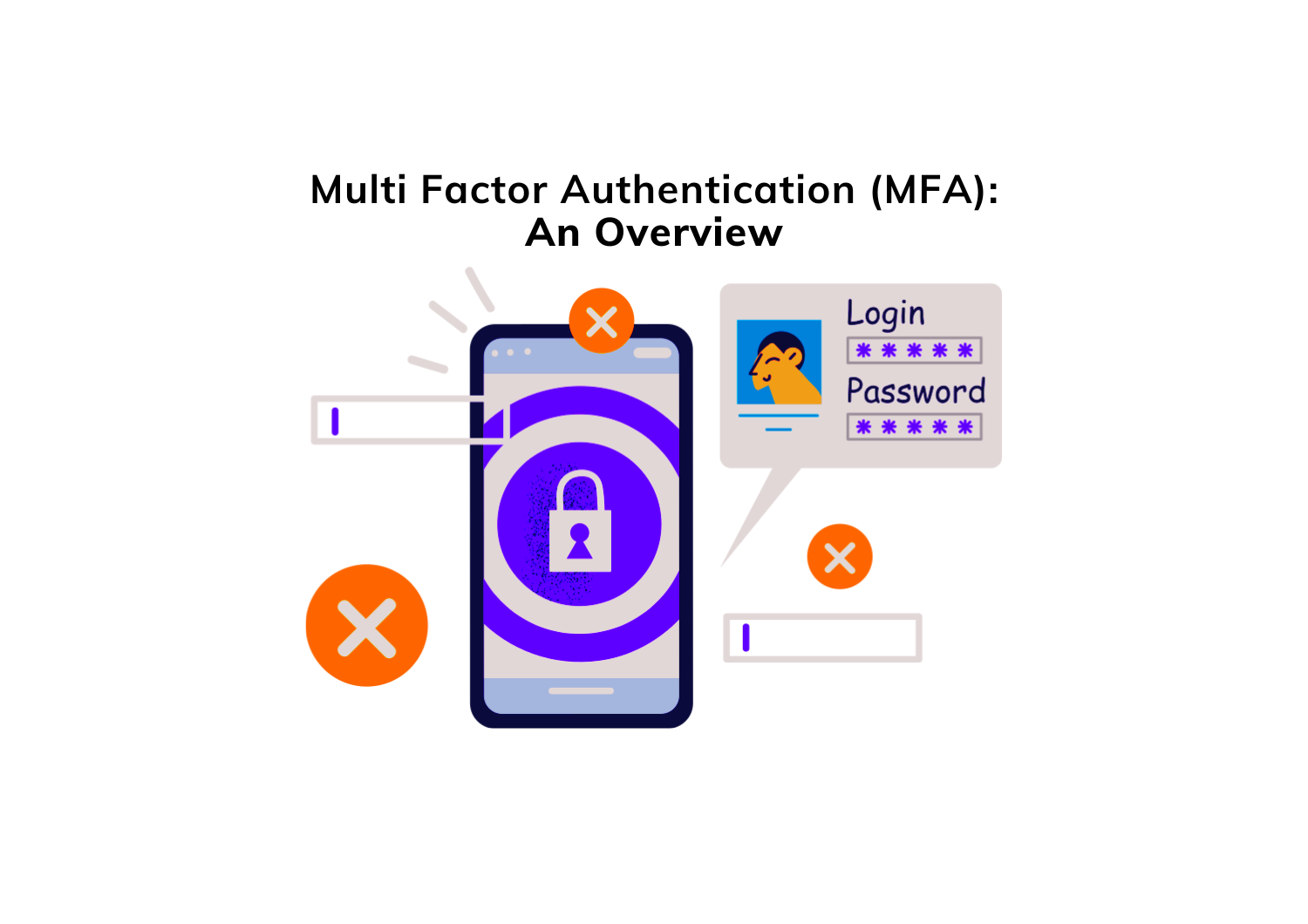
Multi-factor Authentication (also referred to as ‘MFA’) provides increased security by requiring a user to provide two or more authentication methods to gain access to a system.
These authentication methods verify a user’s identity by using a secondary method — like a text, phone call, or email — in addition to their conventional ID and password. By adding an additional layer of authentication in this way, users are better protected from cyber attacks.
eVero is here to walk you through an overview of what Multi-factor Authentication is, as well as its overall importance and the benefits it provides.
What exactly is MFA?
Multi-factor Authentication, or MFA, is a method for proving a person is who they claim to be. It does this by requiring a user to provide two or more verification factors to gain access to an account while logging in. By requesting more than one verification factor, MFA reduces the likelihood of a cyber attack.
Note: 2FA is a subset of MFA. It requires just two factors for authentication, where MFA can require more.
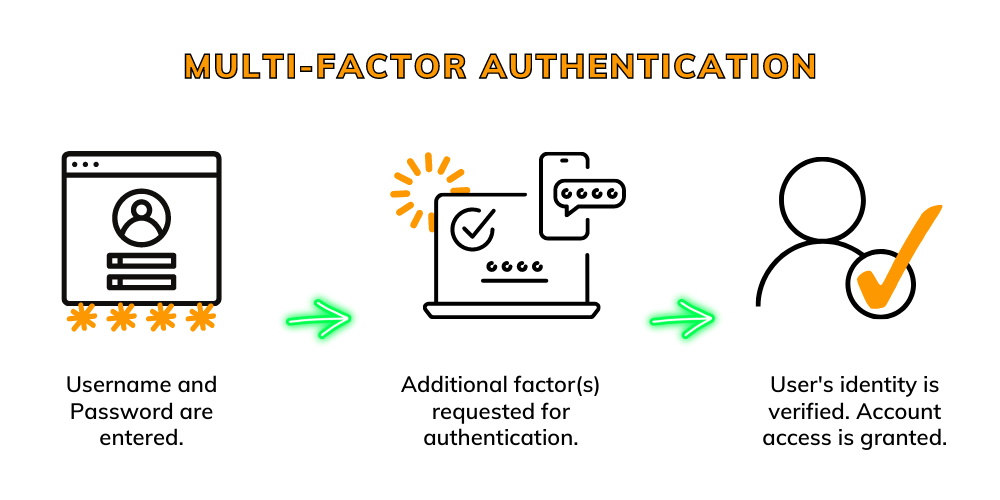
How does MFA work?
Multi-factor authentication validates that a person is who they claim to be when accessing an account.
It works by validating a user’s identity using factors from 3 main categories before granting access to an account.
- Something you know (knowledge) — such as a password, PIN, passphrase, or answers to security questions
- Something you have (possession) — such as smartphones, key FOBs, access badges, and smartcards
- Something you are (inherence) — such as fingerprints, voice recognition, or other biometrics
Utilizing MFA stops most bad actors in their tracks — before they can enter your systems and gain access to your data.
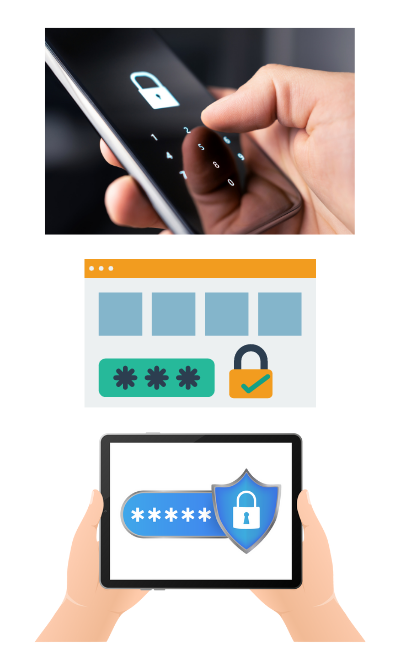
MFA and One-Time Passcodes (OTPs)
One-Time Passcodes (or OTPs) are one of the most widely-used forms of MFA. These are 4-8 digit codes which are often sent via email, text message, or mobile app.
Why are OTPs so popular with MFA? Because One-Time Passcodes can can validate a user’s identity via both knowledge (something you know) and possession (something you have) — e.g., You know the OTP and you possess the means of receiving it, via an item such as a smartphone.
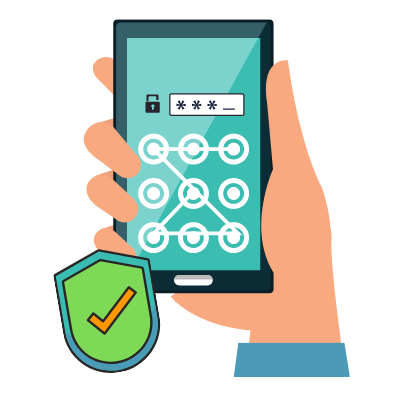
Why use MFA? What are some of its benefits?
MFA greatly increases the overall security of a system by adding a layer of protection to the login process. It acts as a safeguard, protecting a user’s account from anyone who isn’t themselves — even if the hacker already has the password.
You may already be using MFA when logging in to many of your accounts, such as your bank, email, or social media platforms.
Utilizing multi-factor authentication has many benefits:
- MFA reduces password risks of all kinds.
- MFA allows for better control over who has access to protected files and information.
- MFA adds next-level security to identity protection, even when connecting to a system remotely.
- MFA helps organizations meet HIPAA and other regulatory compliance requirements.
- MFA uses a combination of multiple factors (knowledge, possession, and inherence) for proving a user’s identity, providing for customization and adaptability.
- MFA protects users against hackers and malicious attacks, including phishing, social engineering, and brute-force attacks.
Why is MFA important?
Multi-factor Authentication is the #1 action your organization can take to reduce cybersecurity threats.
Cybercriminals are continually inventing new ways to get your information, and login credentials are more valuable than ever. A study done in 2020 found that 15 billion stolen credentials are available on the dark web. And many passwords might seem strong, but are actually incredibly easy for a strong computer to crack.
Human error — such as reusing passwords, downloading malware, or failing to create secure passwords — is actually the main cause of 95% of cyber security breaches. MFA increases the security of every single account in your system by requiring the use of a secondary factor to verify a user’s identity. This prevents anyone other than the user from accessing their account, even if their password is compromised.
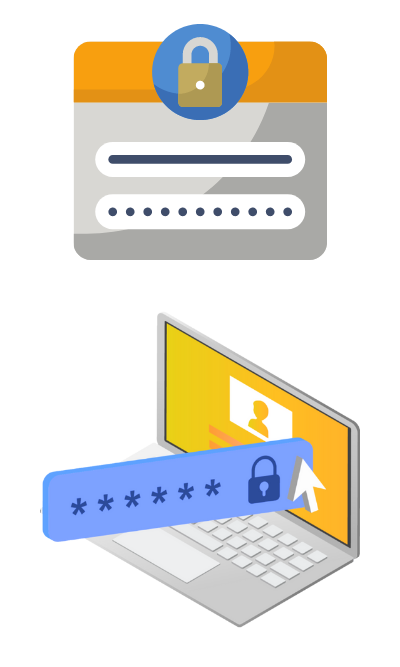
Multi-factor authentication serves as a powerful protection for your accounts. It works as an additional layer of security that directly protects your end users during the login process by verifying their identity using outside factors.
Microsoft estimates that over 99.9% of account compromise attacks can be prevented with Multi-factor Authentication. For this reason, MFA helps to create a secure and compliant environment that proves difficult for hackers to access — and provides organizations with fresh peace of mind.
